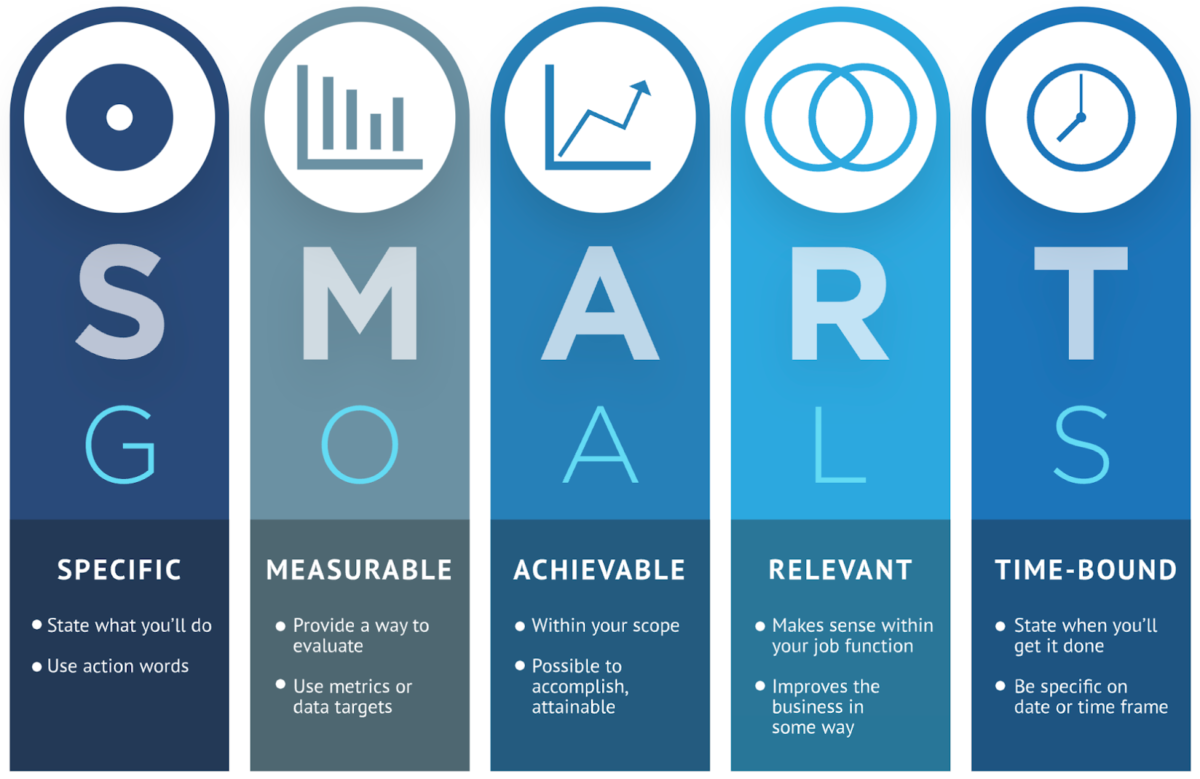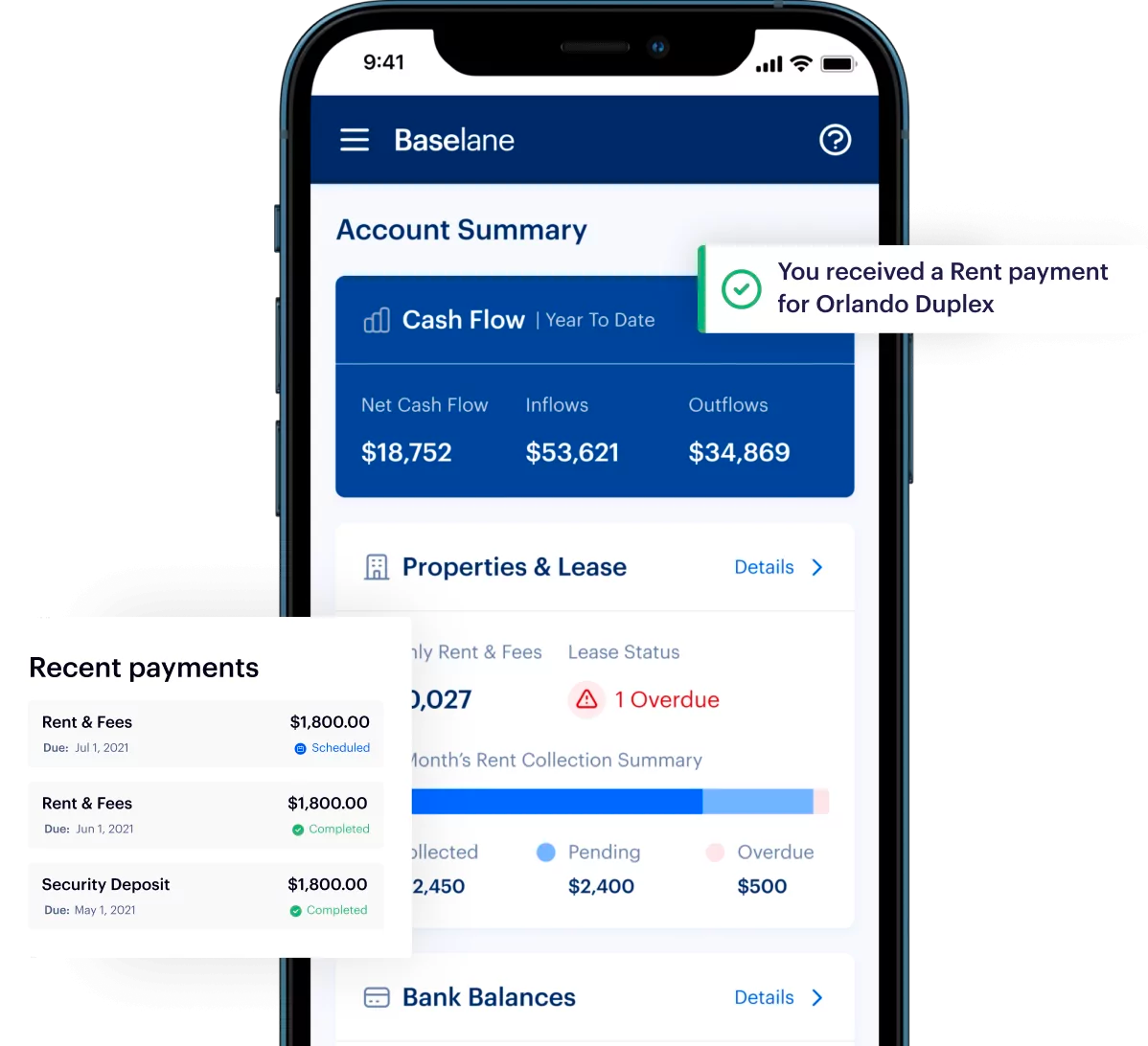Ever heard the saying, “If you fail to plan, you plan to fail”? Well, it couldn’t be more true for real estate investing. Whether you’re interested in fixing and flipping or holding onto a property to rent, having a solid real estate investment business plan is key to your success. I’ll discuss the essentials of a business plan, like your budget, financial projections, and the capital you’ll need. But I won’t stop there! I’ll also dive into important topics, like investment strategies, market analysis, SWOT analysis, and exit strategies. Let’s get started on this journey together.

What Is a Real Estate Investment Business Plan?
A real estate investment business plan is like a roadmap for your real estate investment adventure. The document spells out your goals, strategies, and financial projections. It also includes an analysis of the market, competition, investment goals, risk management strategies, and a detailed plan for buying, managing, and selling properties. This plan will guide your decision-making and set you up for long-term success in the real estate market.
Benefits of a Real Estate Investment Plan: Why Do You Need One?
It’s essential to have a solid real estate investment plan. A good plan gives you the following benefits:
- It helps you set clear goals.
- It helps you spot risks.
- It explains how to handle them.
- It can attract investors and lenders because it shows you’ve got a clear vision and strategy.
- It’s also super handy for making decisions and evaluating how your investments are doing.
A real estate investment plan is key to maximizing your investments and ensuring your long-term success in real estate.
Key Components of a Real Estate Investment Business Plan
Each part of a real estate investing business plan is vital in guiding investors toward success in the real estate market. The critical components of a real estate investment business plan include the following:
- Executive Summary
- Company Description or Overview
- Mission & Vision Statement
- Investment Strategy
- Market Analysis
- SWOT Analysis
- Specific and Measurable Goals
- Financial Plan
- Budget and Financial Projections
- Marketing Plan
- Real Estate Team Members & Technology Systems
- Exit Strategy
Step 1: Write an Executive Summary
The executive summary briefly summarizes your real estate investment business plan. It explains your company’s mission and goals, what makes you better than the competition, how you plan to grow, your team’s strengths, and your financial outlook. It’s like the elevator pitch for your business plan, so write it last after you’ve finished the whole plan. Keep it one to two pages at most. Make your executive summary interesting to get investors or lenders excited to learn more since it’s the first thing most readers will see. Also, highlight your past successes and experiences to build credibility.
Step 2: Create a Company Description or Overview
The company description section gives the lowdown on your real estate investment company. Keep it short, but use it to show that your business is legit and introduce your team. This section needs to cover your business model, company history and achievements, legal business structure, office location, founders and key team members, past projects, competitive advantages, and the technologies and tools you use.
Step 3: Write Mission & Vision Statement

Every real estate investment business plan needs a clear mission statement and vision. Your mission statement outlines your organization’s actions and strategies, guiding it toward achieving its business or investment goals. A strong mission statement steers your real estate business in the right direction, holds your team accountable, motivates your customers, and provides a way to measure success.
Before you start writing your mission statement, consider these questions to do it right:
- What exactly is our business? The answer should encompass the essential functions of your real estate organization.
- How are we doing it? The response must explain your real estate goals and methods based on your core principles.
- Who are we doing it for? The response explains who your primary market is.
- What are our guiding principles? The “why” for your real estate company’s existence.
On the other hand, vision statements are more about inspiring and providing direction for future planning and executing business investment strategies. Vision statements touch on a company’s dreams and purpose beyond day-to-day operations. It outlines what the business aims to become once its mission is achieved.

Craft an aspirational vision statement involving key stakeholders and use impactful language to describe your offerings, values, and goals. Also, consider addressing the following questions:
- What is the primary goal of your organization?
- What are the key strengths of your business?
- What are the core values of your company?
- How do you aim to change the world as a business?
- What kind of global influence do you want your business to have?
- What needs and wants does your company have?
- How would the world be different if our organization achieved its goals?
Step 4: Choose an Investment Strategy
If you’re getting into real estate investing for rental income, short-term rentals, house flipping, betting on property value appreciation, or selling off properties quickly, you’ll want to start with a solid game plan. Each approach has pros and cons, so you’ll need to consider how much money and time you’re willing to invest, the potential returns, and how challenging it might be. Here are some common strategies:
| Strategy | Up-front Investment | Time Commitment | Annual Return | Long-term Return | Difficulty |
| Wholesale | $ | 🕔🕔🕔 | $$$ | N/A | 🙂🙂 |
| Cash Flow | $$ | 🕔🕔 | $ | $$$ | 🙂 |
| Short-Term Rental | $$$ | 🕔🕔🕔 | $$ | $$ | 🙂🙂🙂 |
| Fix and Flip | $$$$ | 🕔🕔🕔🕔🕔 | $$$$ | N/A | 🙂🙂🙂🙂🙂 |
Step 5: Conduct a Market Analysis
The next part of your real estate investment plan is determining the location(s) you want to invest in. Then, you must decide if the market conditions in those locations suit your strategy. Choose the right strategy for the real estate market and area you’re investing in. Success in real estate investing depends more on market timing than your skills or talent. Monitor market indicators to gauge the real estate market’s direction.
| Market Indicator | Why this is Helpful |
| Population | An increasing population supports rents and property values, which is excellent for cash flow investing and speculation. A decreasing population is good for fix-and-flip and wholesale investing. Check if the population is increasing or decreasing on the US Census website. |
| Rental and Vacancy | Rental and vacancy rates are essential for both cash flow and short-term rental investing, increasing the accuracy of your projections. However, they are less critical for other types of investing, such as flipping and speculation. |
| Long-Term Appreciation | Long-term housing appreciation in the area will give you an estimate of your real estate investments worth over time. The average US housing appreciation since 1968 is roughly 5%, so avoid using the exaggerated appreciation rates of recent years. |
| Active Housing Inventory | Active housing inventory establishes whether the housing market is a buyer’s or seller's market. Less than three months’ worth of inventory benefits sellers and greater than six months of inventory is a buyer’s market. This is of little worry to a long-term buy-and-hold strategy but very important to flippers and wholesalers. |
Step 6: Conduct a SWOT Analysis
A SWOT analysis is essential for a real estate investing business plan, as it helps identify strengths, weaknesses, opportunities, and threats. Investors can leverage these insights to set business goals that capitalize on strengths and opportunities while addressing weaknesses and threats. Regularly reviewing and reassessing these factors is crucial, as they may change with business growth, guiding priorities for success.
When assessing property, it’s crucial to focus on strengths like location, condition, amenities, and low vacancy rates, contributing to success. On the flip side, weaknesses such as small unit sizes, high expenses, low rents, and low cap rates can restrict cash flow and overall return on investment (ROI). See below for an example of strengths and weaknesses that could be included in a SWOT analysis:
Opportunities and threats are external factors that can affect an investment business. While you can’t control these factors, you can adjust your business to benefit from opportunities or lessen the impact of external threats in the long run.
Step 7: Identify Specific & Measurable Goals

Setting SMART goals is important when creating a property investment business plan. SMART stands for specific, measurable, achievable, relevant, and time-bound. By creating goals that meet all these criteria, you will have clear goals, which will help you stay focused and increase your chances of achieving them.
An investor’s goals can consist of small short-term goals and more monumental long-term goals. Whether big or small, having clear goals will drive your business forward. Also, your SMART goals don’t have to be solely focused on property—they can also be aimed at enhancing your networking or public speaking skills, which can contribute to the growth of your business.
Example of improving goals with SMART in mind:
Initial goal: Receive a 5% return on investment from the property within the next three years.
SMART goal:
- Specific: I want to achieve a 5% return on the 99 Park Place property.
- Measurable: The goal is to sell it for greater than or equal to $499,000.
- Achievable: The current market value for a two-bedroom in Chicago is selling for $500,000 and growing by 1% yearly.
- Relevant: I aim to meet my overall portfolio returns by 20% annually.
- Time-bound: I want to offload this property in the next three years.
Step 8: Determine Financial Plan
When starting a real estate investing business, the financial side is super important because it revolves around buying, managing, and selling real estate. Figuring out where the money will come from to buy real estate is key. Real estate investors have a few choices regarding getting a loan to buy properties. The lending options include the following:
- Mortgage: This is a popular way to get money. A bank or lender gives you money based on your credit score and whether you can repay the loan.
- Federal Housing Authority (FHA) loans: The FHA backs these loans, which can help you get a low down payment or lower closing costs and sometimes easily get credit. This loan is a good option for new investors who want to start investing in their primary home.
- Home equity line of credit (HELOC): If you already own a property, you can get a HELOC by using your property to secure the line of credit and borrow against the equity in your property. As you pay back the loan, the amount you can borrow again from the line of credit increases.
- Private lenders: These are lenders who are not financial institutions. These individual lenders typically have fewer restrictions than traditional lenders and will lend money to individuals who can grow their investments.
- Hard money loans: These loans require a hard asset to be leveraged for money. For example, you can put up the home you want to purchase as the asset for cash up front, and the hard money loan will be paid back once the home is sold or other funding is secured. This is great for short-term deals because of quick approval and little up-front money.
Step 9: Decide Budget & Calculate Financial Projections
After funding is obtained to purchase property, the next part of your real estate investment business plan is to prepare an estimate of the fixed and variable expenses you may encounter from your investment activities and a projection of potential revenues. The overall goal with your budget and financial projections is to accurately estimate the capital and funding needed to execute your real estate investing business plan.
When estimating expenses, remember to include all the costs related to the property, like taxes and utilities, as well as the expenses for managing your real estate investment business, such as employees, software, and property management services.
So, let’s think about your potential earnings. Your revenue will vary depending on the type of investing strategy you’re using. If you’re a wholesale investor, you could make a good amount by buying and selling multiple properties. If you’re into cash flow investing, you’ll enjoy consistent income from rental properties. On the other hand, speculative land investing may not generate revenue until the land is sold, which could take quite some time.
When you combine your expenses and revenue projections, you will be able to estimate your financial projections. The financial projection is a five—to 30-year estimate of your budget that also considers other vital items such as appreciation, principal reduction, and depreciation.
Step 10: Create a Marketing Plan

Once you’ve picked a property to invest in, developing a marketing plan is crucial. Some investors let real estate agents and brokerages handle the marketing and advertising, but they will charge a fee for their services. To do it yourself, check out some top real estate marketing materials to get ideas, or use our free real estate marketing plan template to outline your goals and strategies.
When creating a real estate marketing plan, it’s important to consider your goals, budget, target market, competitors, possible marketing strategies, and what makes your offer unique. It’s also crucial to divide your potential marketing plans into categories: print materials, online ads, email, and social media. This helps you be specific about your goals and metrics.
Don’t forget these real estate marketing channels when you’re planning your marketing plan:
- Real estate website and landing pages
- Email marketing
- SMS and text message marketing
- Real estate ads
- Social media marketing
- Print marketing materials like flyers and brochures
- Real estate signs
Step 11: Choose Real Estate Team Members & Technology Systems
It’s smart to have a go-to list of vendors you can trust to help with buying, fixing up, and selling your properties. Finding reliable vendors means you won’t have to micromanage them, so you can feel confident they’re looking out for your best interests and those of your investments.
Here are a few people you want to include on your team:
- Real estate agents
- Contractors
- Plumbers
- Electricians
- Property managers
- Accountants
- Attorney
You should definitely check out real estate investing apps and property intelligence tools like Baselane. They can really take the hassle out of your daily tasks and help keep your investments profitable without all the manual work.

Baselane is a one-stop shop for everything you need—banking, rent collection, bookkeeping, reporting, and analytics. This software makes it super easy to manage your portfolio and cuts down on all those manual tasks. Check out how Baselane can help you be a better property owner!
Step 12: Determine Your Exit Strategy
In real estate investing, it’s crucial to have an exit strategy. Even if you plan to hold properties long-term, having a plan to exit is essential. Experienced investors know you can control when you buy but not always when you sell. Review your financial projections for low liabilities and high cash and equity points to identify your exit strategy.
A few exit strategy examples are as follows:
| If you desire a quick sale, then selling at wholesale is best for you. Also, if your property requires repairs and you don't have the funds to spend on it, selling at a lower price can get you out of it quickly without putting additional money into it. | |
| When you've significantly raised the value of the assets, a good exit plan to adopt is to sell the entire portfolio as one unit or sell individual properties. This exit strategy is best for buy-and-hold and fix-and-flip investors whose properties have increased in value over time and who have timed their purchase, rehab, and sale for maximum profit. | |
| This exit strategy is best for you if you want to reinvest and avoid some taxes. You can sell a property and move the money into another investment property without paying capital gains. |
When considering an exit strategy for your investments, it’s important to consider minimizing any potential financial losses, recovering as much of your initial investment as possible, and steering clear of unexpected fees that could impact your profits, such as taxes. While the goal is always to see your investment grow, it’s also wise to be prepared for unforeseen circumstances requiring you to know when to cut your losses.
Tips for Creating the Perfect Real Estate Investment Plan
Creating a successful investment plan isn’t rocket science, but it takes some time to nail it down. Here are a few handy tips to keep in mind as you put together your plan for getting into real estate investing:
Bringing It All Together
A solid business plan is key before starting a successful real estate investment business. It’s like your roadmap, helping you align your strategies with your goals. Our handy real estate development business plan template can guide you in getting started. Remember that your plans might change as you grow, so it’s a good idea to revisit and tweak your strategies. There’s no one-size-fits-all when writing a real estate investor business plan—what matters most is that it helps you achieve your dreams.









Add comment